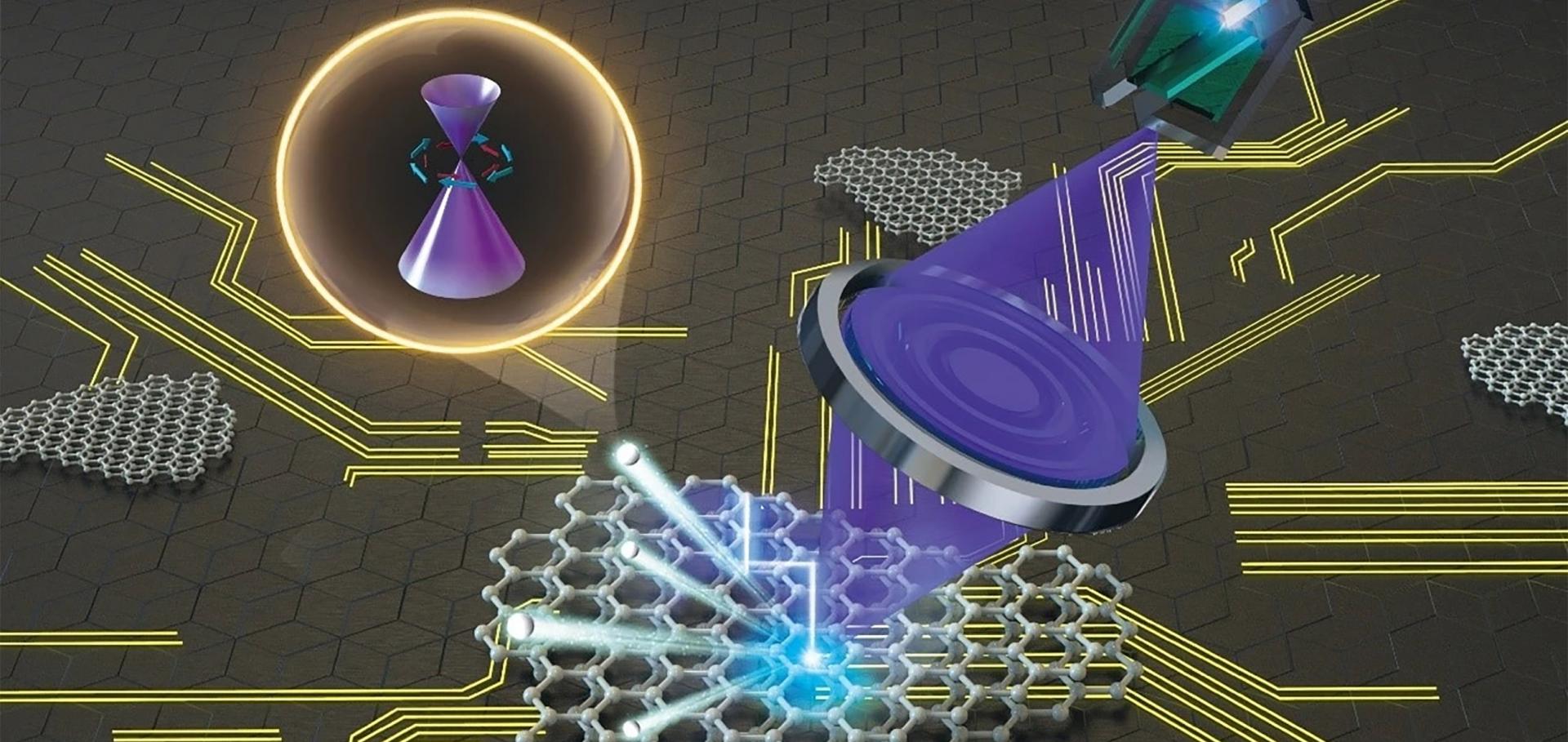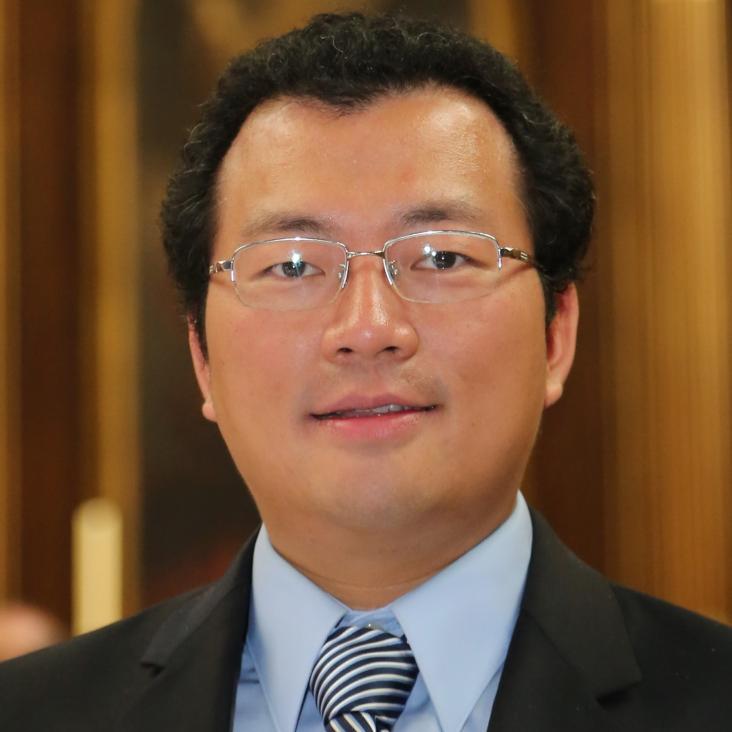Orbital-selective charge-density wave in TaTe4
npj Quantum Materials Springer Nature 8:1 (2023) 44
Twist-Induced Modification in the Electronic Structure of Bilayer WSe2
Nano Letters American Chemical Society (ACS) 23:15 (2023) 7008-7013
Pressure-induced superconductivity in topological heterostructure (PbSe)5(Bi2Se3)6
Science China Materials Springer Nature 66:7 (2023) 2822-2828
Angle-resolved photoemission spectroscopy studies oftopological semimetals
SCIENTIA SINICA Physica, Mechanica & Astronomica Science China Press 53:6 (2023) 267007
Evidence for Band Renormalizations in Strong-Coupling Superconducting Alkali-Fulleride Films
Physical Review Letters American Physical Society (APS) 130:21 (2023) 216004


